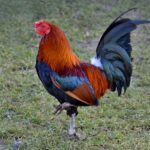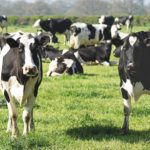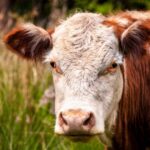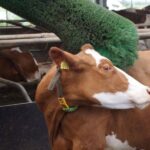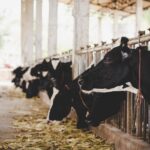Table of Contents
Fungal infections tied to zoonotic transmission are one of the biggest issues cattle owners face today.
As much as you want to keep a clean environment, sometimes it’s hard to control these issues, especially where calves are involved.
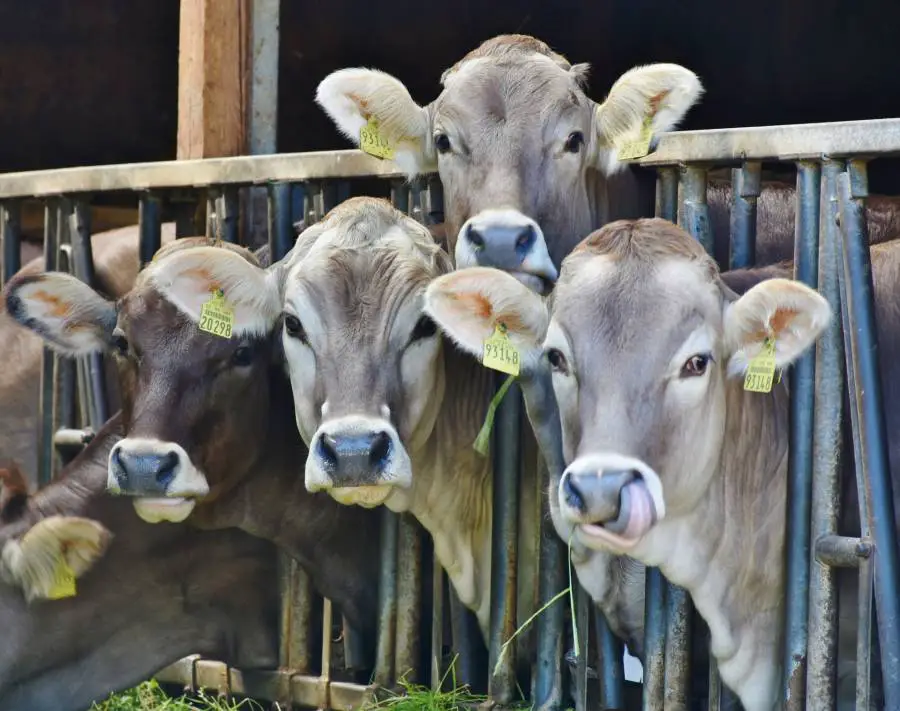
Many people have had issues dealing with ringworm in their feeder’s calves, and it’s a problem felt in most parts of the world.
What should you do then? Today, we shall teach you how to deal with ringworm in cattle.
Understanding Ringworms In Cattle
Ringworm is usually enzootic in cattle and is mainly found in calves.
Many research articles have tried to address the prevalence, risk factors, and treatment of these issues in different areas.
It all shows how cattle dermatophytosis is a significant public health issue.
It not only has a high zoonotic impact but also affects the economic output of cattle farms due to hiding damage, weight loss, decimated meat, and similar issues.
Treatment
Before anything, remember that lesion spores can stay in the environment for a very long time.
So, even if there is no directly infected animal, you shouldn’t be surprised to see it on your herd. You can then start the treatment process.
Here is what to do:
Confirmation
The first and most crucial step is to confirm that your cattle have ringworms. Separate or evacuate individual infected animals and check the overall health of your herd.
You need to ensure all the other animals are safe from the infections.
Understanding the cause of ringworm is crucial if you want the treatment to be effective.
Sometimes prevention is much better, even if it does not take much to treat the problem.
You can ensure your cattle stays in an atmosphere that is both safe and conducive for increased production.
So what causes ringworm in cattle? The primary cause is an infection of the hair and surface layers of the skin due to fungal attackers.
Ringworm is a common infection in all animals, including humans. In cattle, the problem can lead to permanent damage or economic loss.
Keep The Animals Secluded
Because ringworms are transmissible, infected animals are barred from common market areas. It is to avoid the spreading of fungi to healthy animals.
Skin and hair infection in cattle is commonly a result of Trichophyton verrucosum – a fungus that forms spores.
When the lesions shed spores, they spread to other parts of the skin and will remain alive in the environment for a very long time.
You can quickly notice circular, 3cm in diameter, and larger patches from coalesced lesions. These scabs mostly appear on the head and the neck.
The skin is usually moist and reddened at the start, drying later to become scaly and grey.
For laboratory confirmation, scrapings or biopsy of the lesions is required.
A microscopic demonstration (isolation of the organism) is done to confirm the problem.
It can be diagnosed by warts, bovine herpes mammillitis virus, dermatophilosis, and stephanofilariasis. In some areas like Australia, lumpy skin disease is also considered.
Start The Treatment
Treatment starts by correcting any underlying health problems like lice and other parasites. Most skin issues you can resolve without touching the ringworm.
That means dealing with another issue that may be causing your cattle to present symptoms of ringworm infections.
Let It Heal By Itself
Ringworm usually heals itself without any treatment. But that will take a very long time, which will cause the infections to spread to other animals.
It’s, therefore, crucial to find the fastest handling methods as soon as possible.
Using Iodine
Research has shown that iodine solution or diluted chlorine is among cattle’s best treatments for ringworms.
It is a simple solution you can easily make for yourself at home.
However, you must first ask your vet if it’s possible to use it at any moment and let them give you the correct dilution ratio.
Using Tropical Antifungal Products
Antifungal products are considered the most practical treatment of ringworm in cattle.
Many products have been manufactured, including Betadine, chlorhexidine, and dilute bleach. Others may recommend using antifungal ointments.
If you want any of these methods to be effective, you must first remove the crusts and scales over the active infection.
Spraying the product over the skin without cleaning will not produce consistent results. You may spend too much on the treatment without any tangible results.
And that is why clearing the area first.
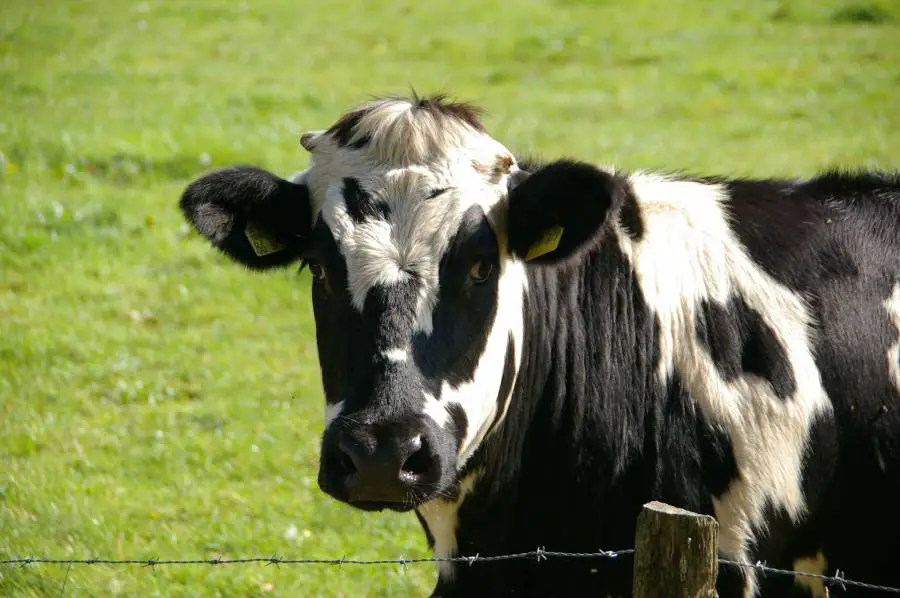
Some Home Remedies
Ringworm is much easier to control in humans using home remedies. However, you can also try some of these methods involving cattle.
In certain conditions, you can try out the following:
- Soap and water. It’s essential to keep the environment and the place as clean as possible. And that is why soap and water are sometimes recommended for controlling ringworm, even in cattle. The idea is to kill the fungus and ensure the animal’s skin is well protected.
- There is no scientific proof that garlic can finish ringworms in cattle. However, it’s one of the cattle’s best home remedies for handling ringworms. Just ensure you apply safety and directly to the affected areas. Also, please do not use too much of it.
- Aloe Vera. Aloe vera has been a natural remedy for bacterial and fungal infections for a very long time. And though it’s most applicable in humans, there is no harm in trying it on your cattle. Besides, many ointments and medicines have aloe vera as a component.
Many other home products, like coconut oil and oregano oil, are worth trying. Just keep in mind that you need the proper measurements with every treatment.
The idea is to handle the issue without spending too much.
Treating The Environment
We have mentioned earlier that ringworm spores may stay in the environment for years.
So, after starting the treatment on your cattle, you must also take care of the environment.
And there are many benefits to this – majorly preventing any future infections.
Here is what to do:
- Remove any sharp or rough metal or wood that can cut or scrape the skin. Things like fences, trees, alleyways, chutes, and other equipment can be sources of ringworms. Even though many products are labeled to treat ringworms in the environment, they will not be effective if you don’t clean up the area first.
- Check for materials that protect fungal organisms. A thorough cleaning will make your environment safe and clean from any ringworm-causing fungi. And many organic materials around the farm can protect them. Remove such material by scrubbing with detergents or pressure washing. Steam pressure washing is a great option, but it does not kill the ringworm consistently – you can use disinfectants.
- Use household bleaches at about 1:32. This is the most available option. You can try other options like Virkon S and an accelerated hydrogen peroxide product. Another good option is an environmental spray with enilconazole.
Clean any potentially contaminated area thoroughly before taking your cattle back.
You can even repeat the treatments whenever possible to ensure the infections don’t recur.
Prevention
You can avoid ringworm issues by ensuring the area is conducive for the animals. Here are some of the steps you can take:
- Keep infected cattle from mingling with others during export. Isolate any developing cases to have a clean herd.
- Consider using cationic alkyl dimethyl benzyl ammonium halides to disinfect cattle holding areas. Before keeping your herd in, ensure the area is free from fungal spores.
- Don’t mix animals in pre-embarkation confinements. Some of the infected animals may have vague symptoms.
- Ensure the affected animals pass last through handling facilities.
Some regions have highly effective cattle ringworm vaccines used in treatment and prevention. You can easily order some if it’s not available in your region.
The idea is to ensure a clean environment where ringworms don’t affect your business.
Conclusion
Ringworm is a global problem. Therefore, do not be too discouraged when your cattle can’t seem to get enough.
Besides, it’s an issue that can be quickly resolved, as discussed above. The most important thing is to minimize the risks of infection as much as possible.
FAQs
What Is Ringworm In Cattle?
A common sign of ringworm is a skin lesion, usually circular and hairless, resulting from hair infection of hair follicles and the upper skin.
There are many agents of this infection, with Trichophyton verrucosum being the main one.
As stated above, ringworm is a zoonotic disease that affects the skin of the affected cattle.
Are Cattle Ringworms Infectious?
Yes. The causative agent of ringworms produces spores, which can be easily spread from one animal to another, especially under direct contact.
How Is Ringworm Transmitted?
One of the primary modes of transmission is direct contact with infected cattle, more so where the cattle are confined in a barn.
In certain situations, infected calves may have a natural immunity that keeps them from developing lesions. However, such animals can still be a source of infections.
That is why show calves risk frequent infections when contaminated tools are used.
Does Ringworm Have A Vaccine?
Bovilis Ringvac is the most popular prevention against ringworm. Also, you can follow strict hygiene to keep the area clean and prevent infections.
Treatment is possible, but prevention is better.

